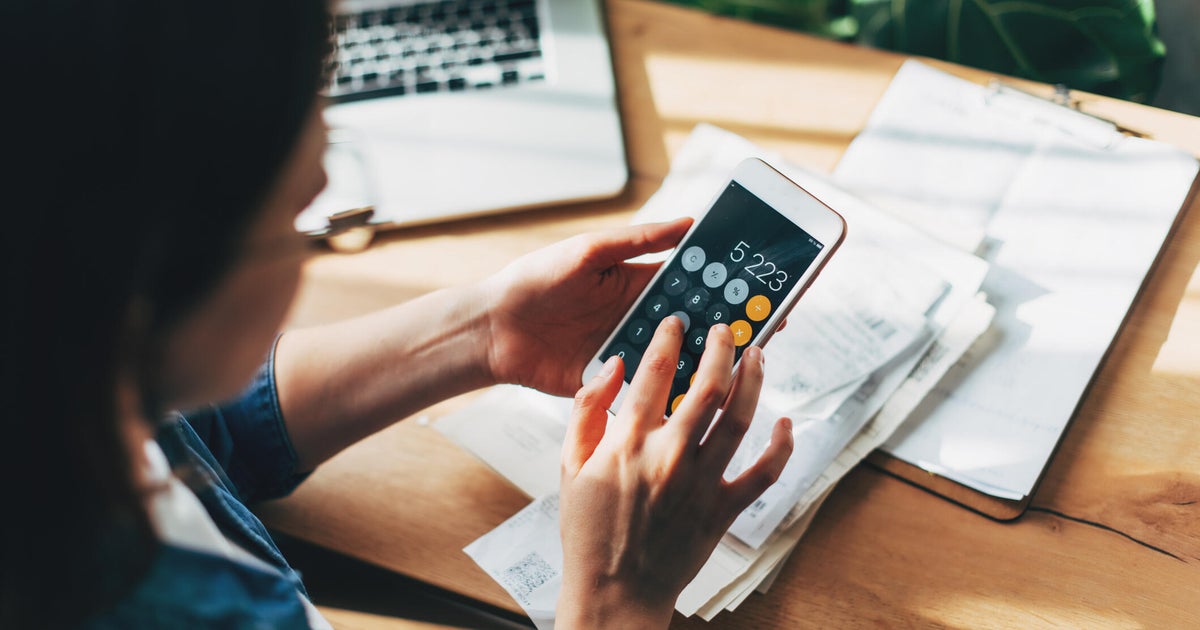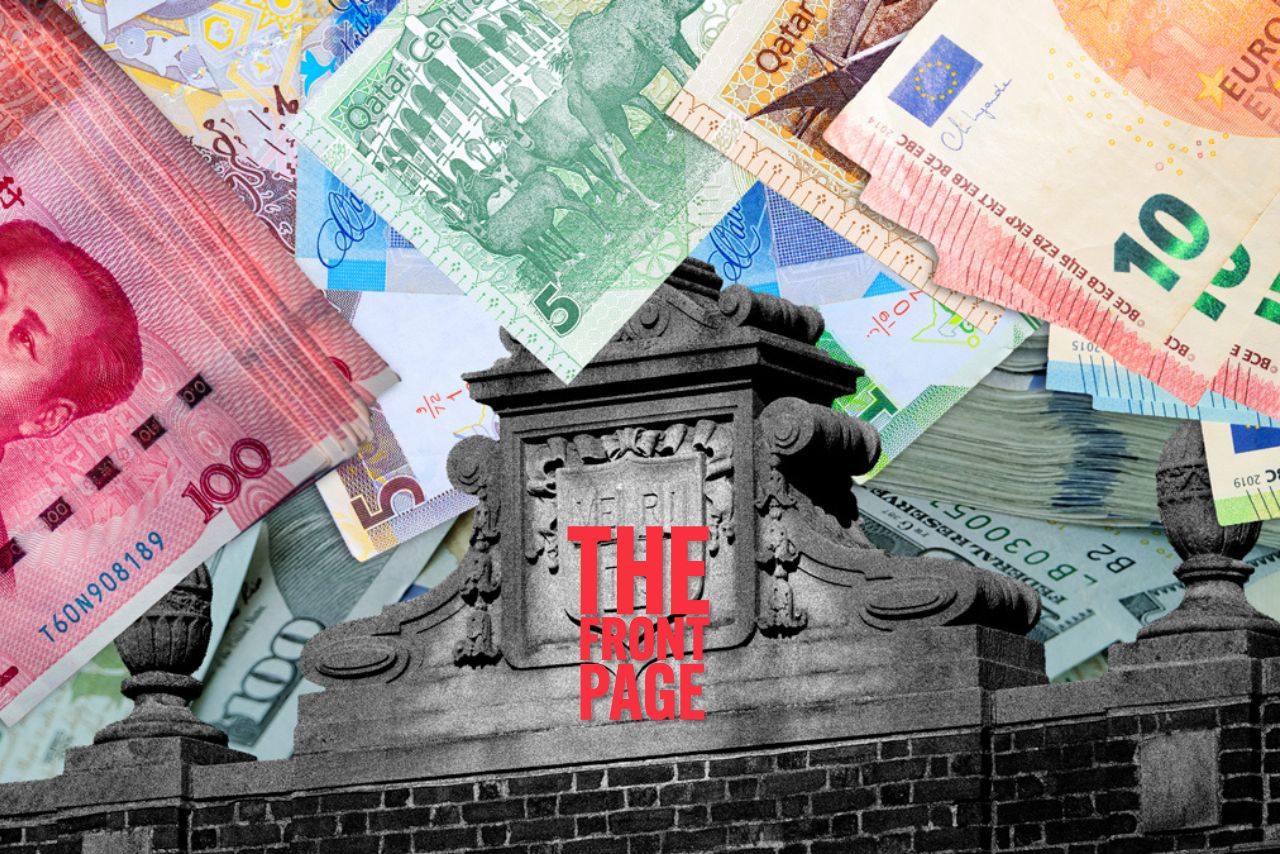7 money-savvy ways to spend your tax refund
For millions of Americans, the biggest spur to finish their tax returns every spring is the prospect of getting a big chunk of cash at the end of the process.
Averaging $3,100 this year, the tax refund is an important source of income for many households — bigger than any single paycheck for most people. A lump sum can be an opportunity to meet financial goals, such as paying down debt, starting an emergency fund or even saving toward a down payment, according to financial advisers.
Here's what personal finance professionals say about spending that money wisely.
First, think about your financial needs
Before spending that refund, briefly assess your personal situation to determine what's most pressing.
"The No. 1 question people should ask is what do they absolutely need to fund right now," said Max Pashman, a certified financial planner based in California. "The problem I commonly see is people receive a lump sum and then try to figure it out later. The end result is a shopping spree or a purchase they later might regret."
In evaluating your financial needs, think about what's urgent. Have you been putting off bill payments? Is credit card debt throwing off your budget? Or maybe you've been holding out for a big-ticket purchase like an appliance or a professional certification.
Usually, experts advise a combination of paying down debt and investing your refund.
"If a problem is holding you back from hitting your goals, this is a great opportunity to attack it with," Pashman said.
1. Pay down your credit cards
After necessities like housing, transportation, utilities and food are paid for, paying down debt should be the next priority. First try to eliminate high-interest debt, such as credit cards or personal loans, financial planners say.
"If you are carrying a balance month to month, this should be one of your highest priorities to throw any extra funds towards — it would be hard to beat that return on investment!" financial adviser Sam Lewis, founder of SJL Financial, said in an email.
The average APR on a credit card today is between 19% and 20%, which means paying down a balance will instantly give you a commensurate return.
Maggie Klokkenga, a certified financial planner who specializes in debt reduction, counsels her clients to try to eliminate one single debt rather than tackle all of them at once.
"Lots of people have multiple credit cards. If there's one balance that maybe you could just pay off or pay a considerable amount down, that's a huge mental win. It really gives them that impetus to say, 'Look what I just did — I can do more,'" she said.
2. Pay down other debts
If you're trying to tackle multiple debts with your refund, focus on those that affect your credit score, such as a credit card, car loans or overdue utility bills, Klokkenga advised.
Medical debt, while a burden for many Americans, soon will no longer affect your credit score, she noted. So while people with health care-related debt should try to arrange a payment plan with the provider, "medical debt is usually at the bottom of the pile," she said.
3. Build a financial cushion
After paying off high-cost debt, consider see if you have enough money set for unpleasant financial surprises, like a job loss or car accident.
Surveys show that most Americans lack any sort of rainy day fun. More than half of the country wouldn't be able to cover a $1,000 emergency, Bankrate found in January.
A tax refund can be a great way to jump-start that emergency fund, which can keep you from getting into debt down the line.
"When faced with unexpected emergencies, you do not want to rely on high-interest credit cards, interrupt growing investments or raid your tax-protected retirement accounts to hose down the fire," said John Pak, a certified financial planner based in Los Angeles.
4. Pre-pay your retirement or insurance
If your debt load and bank accounts are in good shape, see if you can put your refund toward your retirement, said William Nunn, a CFP based in New Orleans.
"This puts your money to work for the rest of the year right now, instead of having to wait for each payday to come around," Nunn said.
Making a lump-sum contribution is easy to do with an IRA or Roth IRA. Make sure to stay within the limits — this year, workers under 50 can contribute up to $6,000.
For workers with employer-based accounts, such as a 401(k) plan, it's still possible to increase contributions early, Nunn said. Most plans will give you the option to adjust the portion of your pay you put into your plan. Nudge that number higher by whatever amount will equal your tax refund.
- High inflation is hurting your 401(k), too. Here's what to do about it.
- How gig economy workers can save for retirement
If you have life insurance or homeowners insurance, pre-paying a year's worth of premiums could save you money. Most policies charge policyholders to spread out premium payments, which works out to about 6% more per year, according to Nunn.
5. Pay down your car loan
Car owners with high monthly payments, but a low balance on the loan used to finance the vehicle, should consider putting their refund toward paying it off more quickly, Nunn said.
"It's not going to calculate a new payment … but you'll get finished with the loan faster," he said.
For instance, if you have a $500 monthly payment and owe $10,000 on your car, putting the entirety of a $3,500 refund toward the balance would shave the equivalent of nine months off the life of the loan.
"If you know it's a car you're going to keep for a while, it might be worth it — especially since it puts $500 a month in your pocket to do other things," he said.
6. Invest in stocks
"If the fundamentals of your financial life are in order — meaning you have an adequate emergency fund, little to no consumer debt, are actively saving in a 401(k) or other retirement plan — then consider investing in a taxable brokerage account," Jason Dell'Acqua, president of Crest Wealth Advisors, told CBS MoneyWatch. "If you have a long-term investment horizon, then the recent market declines can work to your benefit."
Indeed, investing your refund can help hedge against inflation, which is running above 8% this year.
"With inflation hitting 40-year highs, there is a very high likelihood most of us are losing purchasing power by keeping money in a bank account," Pak said.
"[B]ased on the current volatile performance from both the stock and bond market, investing seems intimidating. However, to keep up or beat inflation, stocks have historically been the proven vehicle of choice," he added.
7. Buy I-bonds
Soaring inflation is making one somewhat obscure investment vehicle much more popular. Several financial pros recommended taxpayers look into I-series bonds, which are U.S. government bonds whose rate of return is pegged to inflation.
"Savings I bonds adjust with inflation and the new May series is annualizing a 9.6% return, which is above most equity returns," noted Jay Lee, a CFP based in New Jersey.
It's straightforward to purchase bonds directly from the U.S. Treasury. Typically, investors are limited to buying $10,000 in I bonds electronically in a given year. However, if you direct your tax refund toward I bonds, you can buy an additional $5,000 in paper bonds, Pak noted.
"The window to purchase paper bonds is slim. You will need to complete IRS form 8888 when you file your taxes," he said. "If you can hold onto this for five years, there is no penalty, but if held for less than five years you forfeit interest from the previous three months."





